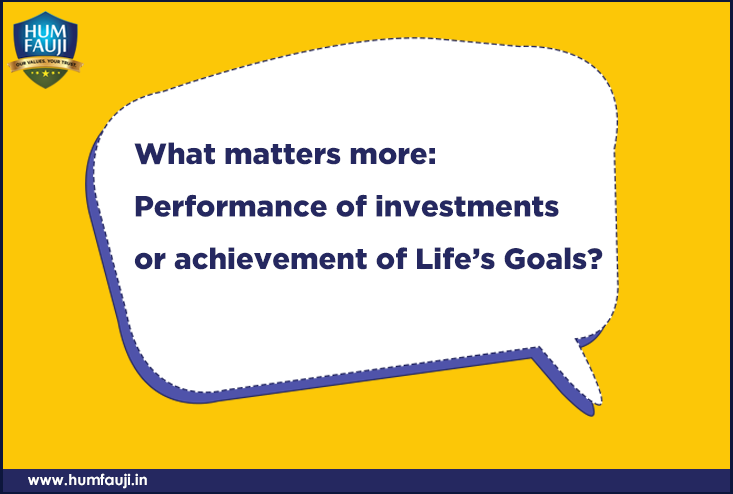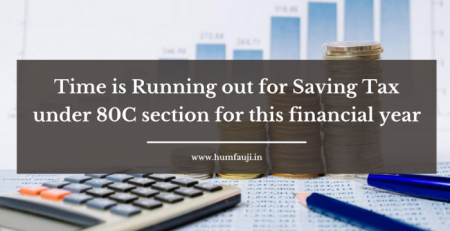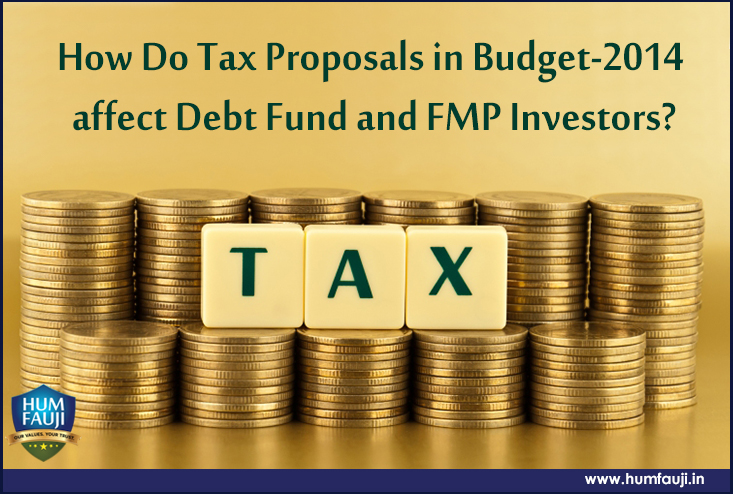It is well known that most retail investors rarely ever make long-term wealth in stock markets due to their emotional, jerky responses to adverse situations, which an experienced investor sees as an opportunity.
Investing in mutual funds to realize one’s long-term goals has already emerged as a popular investment option with retail investors. No wonder SIP accounts stand at an all-time high level of 5.39 crore in April 2022. While there are a variety of mutual fund schemes across asset classes, there is another variation in them.
All MF schemes, including equity and debt, offer two plans—Direct and Regular. In a Direct Plan, there is no intermediary to help you in completing the purchase, and hence the expense ratio is low in them, while in a Regular Plan, the investor invests through an intermediary such as a distributor, broker, or banker who is paid a distribution fee by the fund house, thus reflecting in a higher expense ratio compared to a Direct Plan.
Col. Sanjeev Govila (retd), Certified Financial Planner, CEO, Hum Fauji Initiatives, shares his perspective on these two investing modes with FE Online readers. Read on to get a grasp on some interesting data highlighting the importance of making the right choice while deciding between a Direct Plan and a Regular Plan.
‘What? Are you still doing your mutual funds through a financial advisor? Do you know how much extra you will pay over the next 15-20 years by paying that extra 1% to him?’
How many of us have heard similar arguments in person, in WhatsApp groups, or in various articles written on websites or in magazines and newspapers?
To put it in a money perspective, let us see what you would save if you were to do it all by yourself or by following the tips that keep floating around.
Say, you invest Rs 10 lakh initially and a SIP of Rs 10,000 per month in an equity MF. Assuming an average annualized growth of 12% in your portfolio, you would save approximately Rs 3.04 Lakhs of commission/fees in 10 years, Rs 7.17 Lakhs in 15 years, and Rs 14.86 Lakhs in 20 years in commission/fees if we assume 1% as the commission or advisor fees that you would pay per year.
During this period, you would’ve made a profit of Rs 32.6 Lakhs, 76.8 Lakhs, and 1.59 Crores, respectively, in this simplistic model. Thus, the fees paid out to the advisor amount to about 9.33% of your profits.
Also, going by the past trends, in those 10-20 years, for more than 90% of the trading days, Sensex would’ve traded below 10% of its peak more than half the time, below 20% of the peak 30% of the time, and below 30% of the peak 17% of the time. Also, the markets would’ve temporarily declined 30%–60% once every 7-10 years, and there would’ve been 1 or 2 sharp declines of more than 30% every 10 years.
What would a common retail investor do during such ‘scary’ times if she’s on her own? When a profit of Rs 76.8 Lakhs dwindles to say, Rs 30-40 Lakhs, or if the principal investment itself has gone down from Rs 10 Lakhs to 5-6 Lakhs, it is difficult to remain sane and invested for most investors.
What happens if you get out to get in again when the time is right, but market volatilities—markets shooting up for a few days and trending down for a few days—make it difficult for you to decide when to enter?
The past data has shown that, over a period of the past 17 years of investing, if you miss just the 5 best days in those 17 years, your CAGR (Compounded Annual Growth Rate) reduces by 3% to 11.5% from 14.4%. Missing 10 best days brought it down by another 2% to 9.6%, missing just 30 best days in 17 years brought it down to just 3.3%; and, hold your breath, missing only 50 best days in 17 years meant your returns would be down to a negative 1.1%. (Source: Funds India)
And remember, many of these best days could happen in the middle of a market crash, too!
It is well known that most retail investors rarely ever make long-term wealth in stock markets due to their emotional, jerky responses to adverse situations, which an experienced investor sees as an opportunity. But if you are steel-willed and understand this, you could be a successful do-it-yourself (DIY) investor.
What, therefore, are the attributes of a good DIY investor?
The investor needs to realize that ultimately the markets will align with fundamentals, and short-term movements of particular stocks or markets do not alter this fundamental fact. Asset allocation is always the king, and all investing should have that as the inviolable base. Financial investment conclusions should be based on logical analysis of data and emotions that need to remain in control while investing. While monitoring and rebalancing a portfolio periodically is a must, sometimes doing nothing could be a great strategy too!
Another important aspect to realize is that passive investments like index funds or ETFs are still 100% equity products and will face the very same market volatility as the markets themselves, while having no capability to beat their benchmark.
So, my final take?
If you can manage all the nuances associated with managing a portfolio as well as your emotions, you could be a person who should be a DIY investor, but if you are going to depend on others’ help (aka tips) to do investments, have a rethink. Remember, it doesn’t matter how fast you are going if you’re on the wrong train!!
If you decide to be a DIY investor in mutual funds, be careful and check the platform you use, as many online platforms are offering regular plans for MFs. So, while you’re being charged the same commission as with a financial advisor, the advantage of customized advice is missing.
Check out the originally published article on financialexpress.com by the author
If you need any further details or wish to connect with a financial planner, please write to team Hum Fauji Initiatives at contactus@humfauji.in.














Leave a Reply